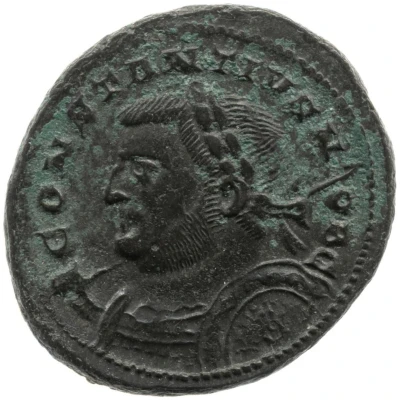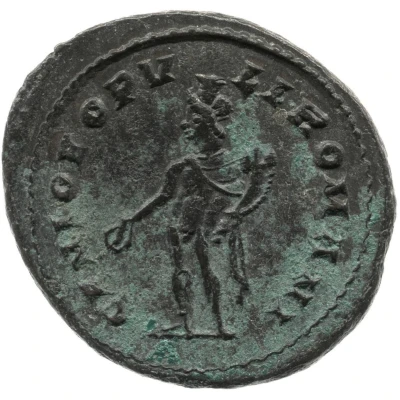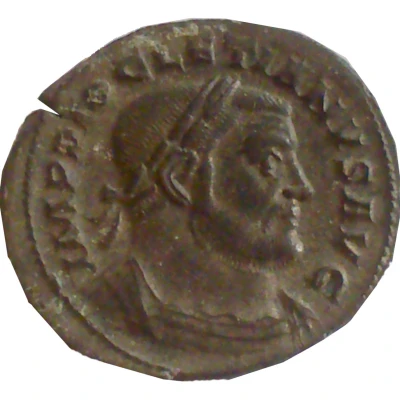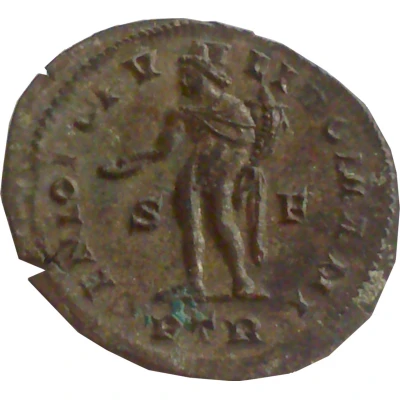
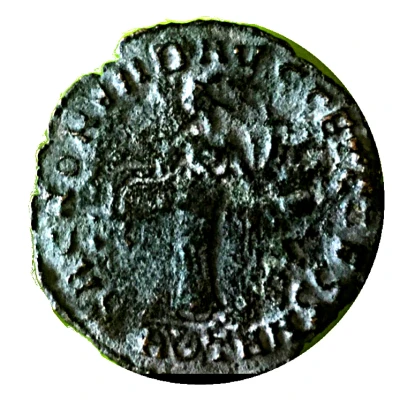

Nummus - Constantius I SAC MON VRB AVGG ET CAESS NN; Rome
| Bronze | 10.7 g | 27.5 mm |
| Issuer | Rome › Roman Empire (27 BC - 395 AD) |
|---|---|
| Emperor | Maximian Herculius (Marcus Aurelius Valerius Maximianus) (286-305) |
| Type | Standard circulation coin |
| Years | 303-305 |
| Value | Nummus / Follis (¼) |
| Currency | Argenteus, Reform of Diocletian (AD 293/301 – 310/324) |
| Composition | Bronze |
| Weight | 10.7 g |
| Diameter | 27.5 mm |
| Shape | Round (irregular) |
| Technique | Hammered |
| Orientation | Variable alignment ↺ |
| Demonetized | Yes |
| Updated | 2024-10-05 |
| Numista | N#175326 |
|---|---|
| Rarity index | 91% |
Reverse
Moneta standing left, holding scales with right hand and cornucopia with left hand.
Mintmark and officina in exergue.
Script: Latin
Lettering: SAC MON VRB AVGG ET CAESS NN
Unabridged legend: Sacra Moneta Urbis Augustorum Et Caesarum Nostrorum.
Translation: Holy Coin of the Augusts and our Caesars.
Edge
Plain
Comment
This type is sometimes found with a star in right field, that is probably due to confusion by die-engraver.Struck by 3rd officina only.
Interesting fact
One interesting fact about this coin is that it features the first Christian symbol, the Chi-Rho, on its reverse side. The Chi-Rho is a combination of the Greek letters chi (Χ) and rho (Ρ), which are the first letters of the Greek word for Christ, Χριστός (Christos). This symbol was used by early Christians to secretly identify themselves and mark their places of worship, and it later became a widely recognized symbol of Christianity. The inclusion of the Chi-Rho on this coin indicates that Christianity was already gaining popularity in the Roman Empire during the reign of Constantius I.
